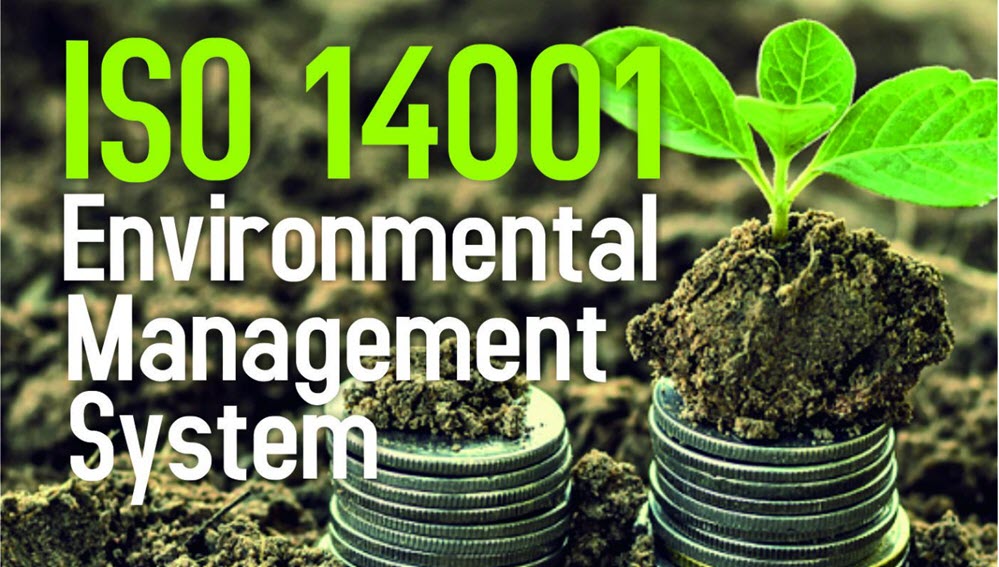EQMS Blog

How To Implement An Efficient Integrated Management System
The integration of management systems provides great advantages, such as optimising and reducing resources, reducing time spent managing the system itself, simplifying and reducing documents and more efficient management of operations.
This article provides some keys to successfully integrating Quality, Environmental and Occupational Health & Safety Management Systems into one Integrated Management System.
The ISO 9001 standard for a quality management system is well known to most organisations and since it was first published in 1987, the standard has proven to be effective as a tool for managing operations, improving products and services and increasing customer satisfaction.
ISO 14001 was first issued in 1996 where companies started using environmental management systems to help them comply with legal requirements and improve the environmental performance of the company. ISO 45001 which is the standard for an Occupational Health and Safety management system was published 2018, but was based on OHSAS 18001 which had been used for several years before that.
Implementation of the Integrated Management System
There are numerous ways to approach a project to integrate several management systems into a single integrated one. One approach is to follow below range of steps.
Integrated Management System Implementation Steps
First Step: To begin with, it is necessary to define all the implemented management systems within the organisation, the methodologies used and the assigned responsibilities. If there are no existing management systems in place, first step can be skipped.
Second Step: Next step is to appoint the coordinator or responsible for the integration project. In many cases, it coincides with the person who is responsible for the existing management systems. Depending on the size of the company and the complexity of the integration project, it may be appropriate to form a committee or team with the people responsible for individual departments, operations or systems to be merged.
Third Step: Planning is the third measure to take. To do this, a schedule is established in which the items to be merged, the deadlines, responsible for the operations and the affected documents to be created are identified.
Fourth Step: Finally, to ensure project success, all people involved in the organisation must be notified of the changes that will be made, the new structure, documentation, and assigned functions.
Integrated Elements of an Integrated Management System
All of the standards follow the Annex SL structure which makes them easier to integrate. Following are the headlines of clause 4 to 10 which has to be complied with.
The Context of the Organisation (Clause 4)
External and Internal Issues: The same system can be used to identify the organisation’s external and internal issues across all of the standards. For example, a context analysis report which includes perspectives of quality, environment and health & safety.
Interested Parties: Similar as above, then the interested parties which can influence the output of the organisation can be defined from a quality, environmental and health & safety perspective.
Leadership (Clause 5)
Commitment and Leadership: Senior management who has the overall responsibility of the individual management systems will also be accountable for the integrated management system.
Planning (Clause 6)
Actions to Address Risks and Opportunities: The same system should be applied to identify risks and opportunities related to the organisation’s context and define procedures for addressing them. For example, through a SWOT analysis with conclusions and definition of a strategic plan.
Goals and Planning to achieve them: It is advisable to develop a common goals program for quality, environmental and occupational health & safety.
Support (Clause 7)
Resources: Optimisation of resources is achieved through integration into business, environment, health and safety processes. For example, in a production area, a product can be manufactured or a service provided by controlling resource consumption, waste generation, emissions, or discharges, as well as implementing applicable safety measures.
Awareness: Awareness campaigns related to the integrated management system can be developed to cover all three areas of quality, environmental and health & safety.
Operations (Clause 8)
This clause covers the operations side of an organisation and here there is a huge advantage to have an Integrated Management System with set requirements for quality, environmental and health & safety rather than 3 separate systems which does not interlink. This makes implementing new processes simpler, smother and more efficient.
Performance Evaluation (Clause 9)
Monitoring, Measurement, Analysis, and Evaluation: These are fully integrated requirements where a common system can be used. For example, once the indicators for quality control, environment and occupational health & safety are established, periodic meetings can be created to analyse information, assess progress and take appropriate action.
Improvement (Clause 10)
Continuous improvement is one of the main expected outcomes of the Integrated Management System and continual improvement programs should cover quality, environmental and health & safety.
Benefits of an Integrated Management System
Among the main benefits of an Integrated Management System we highlight:
- The decrease in costs when conducting certification audits.
- The number of internal audits is condensed, thus optimising costs.
- Improves system maintenance by using a consistent approach to managing multiple standards.
- It improves the decision making of the Senior Management as it has a greater compression of the systems.
- Less effort is required to integrate new systems.
- Ultimately, Integrated Management Systems allow organisations to carry out effective management, while allowing them to solve several of the challenges they have to face.
If you are interested in implementing an Integrated Management System or integrating your current management systems, then contact us for a free consultation with one of our IMS Consultants on how we can support with your project.

Request a free consultation
Contact us to discuss your needs and see how we can support to reach your goal.

Recent posts

In today's digital age, businesses are constantly exposed to various cyber threats. As a result, companies must adopt a proactive approach to cybersecurity to prevent data breaches, theft, and other...

Quality management systems are essential in ensuring that organisations can deliver quality products and services consistently. The International Organisation for Standardization (ISO) developed the ISO 9001 standard to help organisations...

ISO 14001 is a globally recognised standard for environmental management systems (EMS) that helps organisations manage their environmental impact and improve their sustainability performance. Obtaining this certification demonstrates a company's...
Just a Few of Our Clients
Request a Free Consultation
Contact us to discuss your needs and see how we can support to reach your goal.















